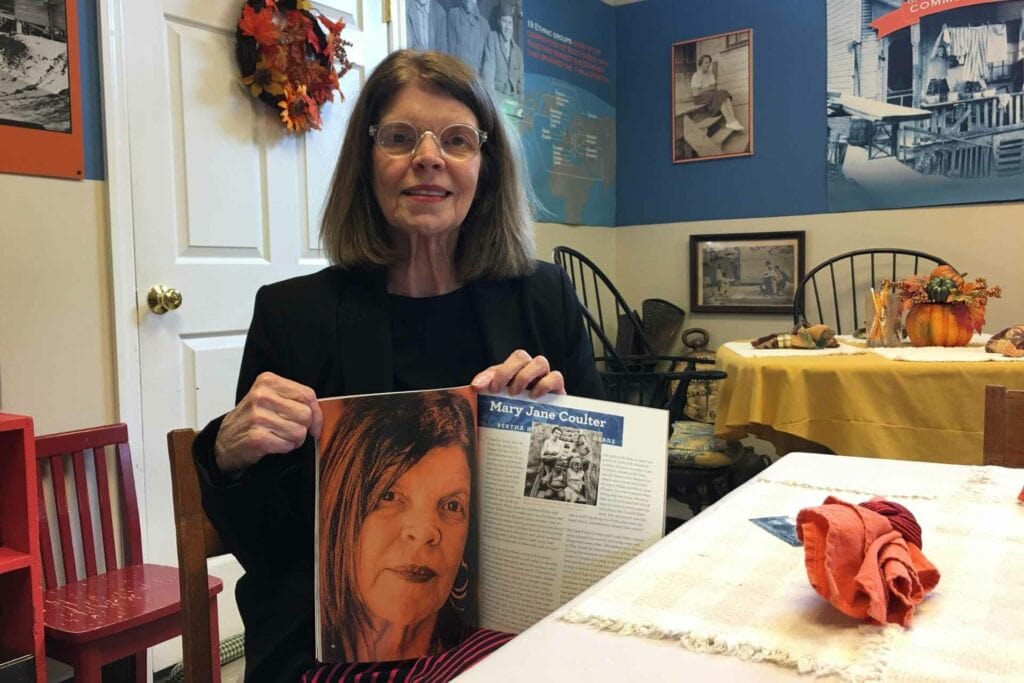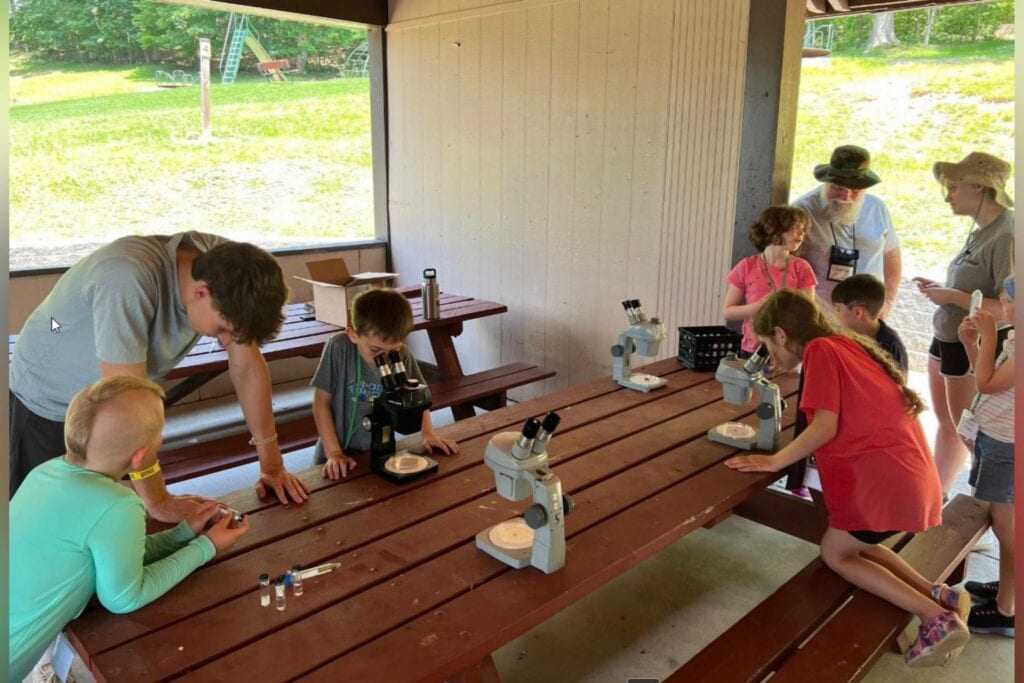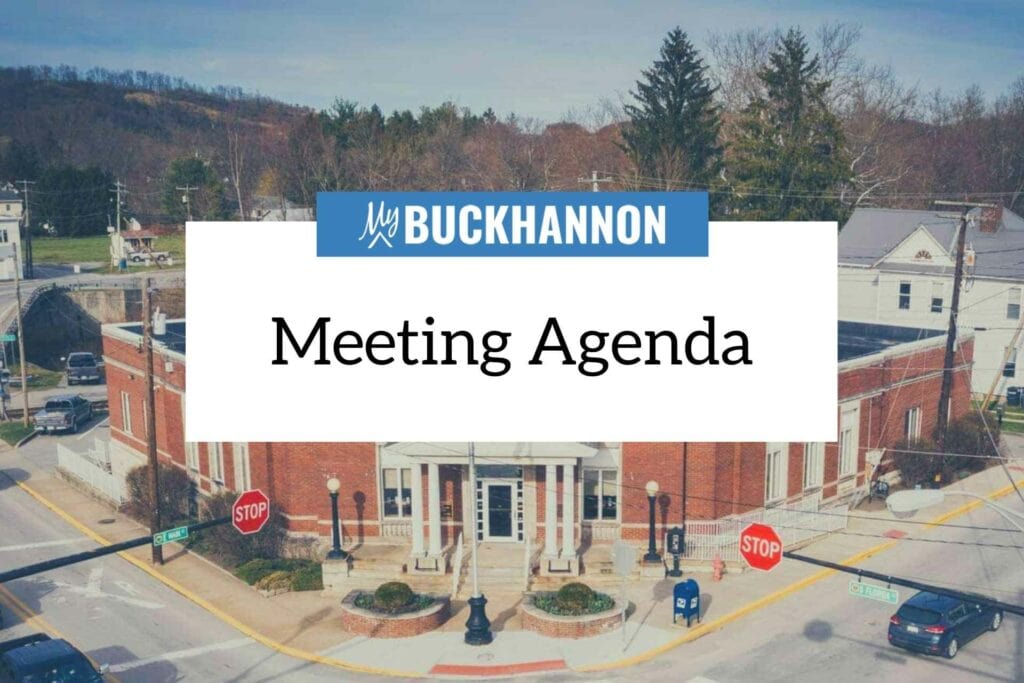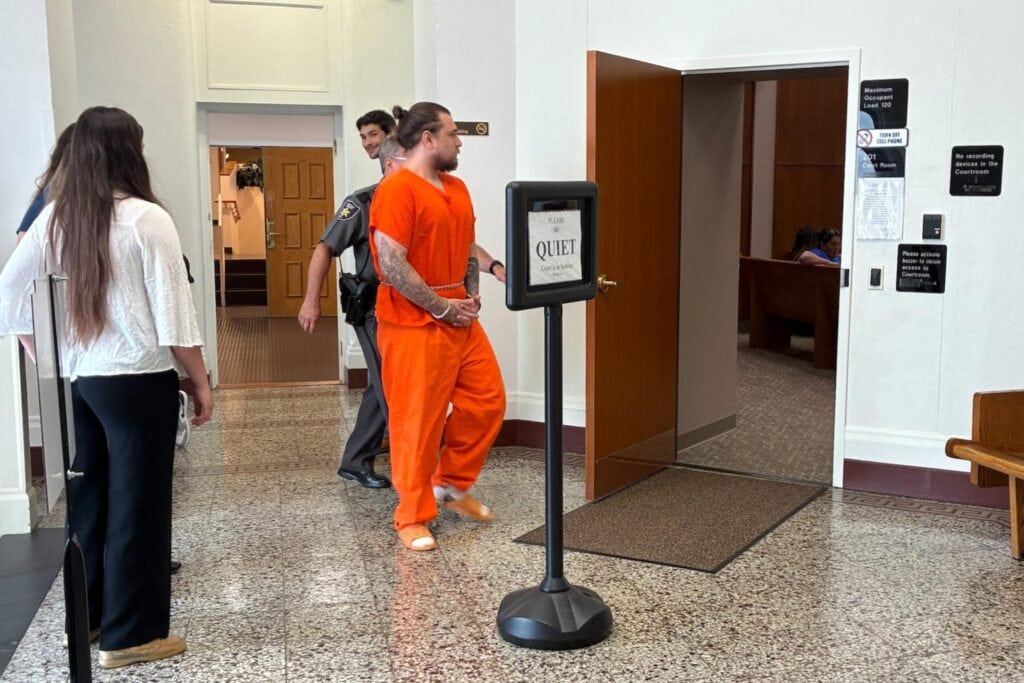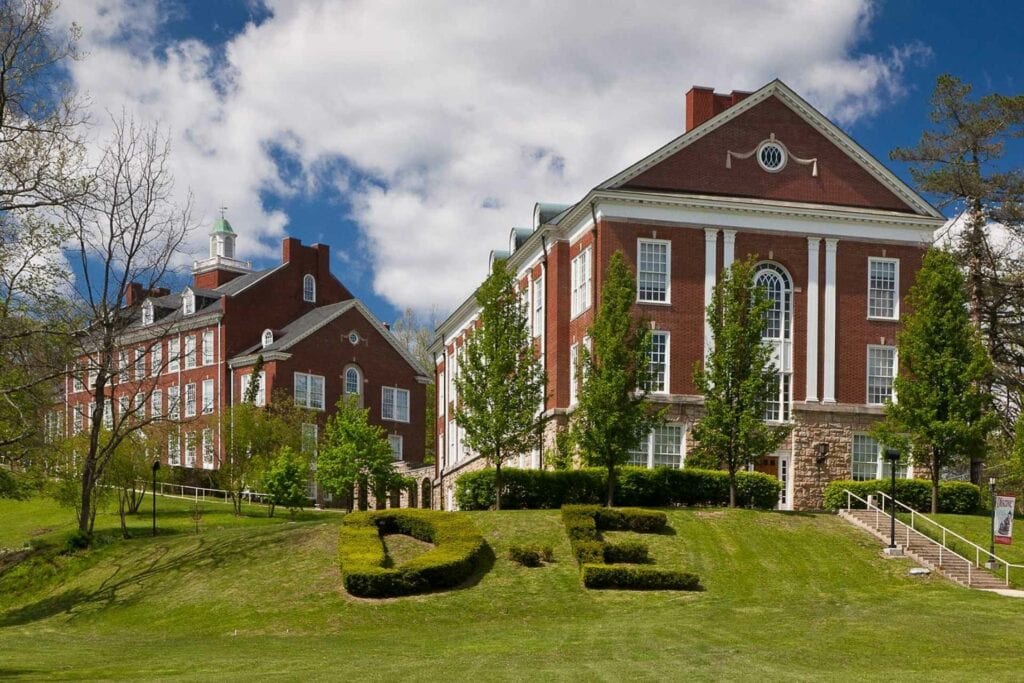By Emily Allen, Mountain State Spotlight
This story was originally published by Mountain State Spotlight. Get stories like this delivered to your email inbox once a week; sign up for the free newsletter at https://mountainstatespotlight.org/newsletter
OSAGE — Growing up in 1960s Osage, Mary Jane Coulter remembers when her town had its own shops, schools and restaurants. Today, Coulter oversees a small museum in her hometown, commemorating the 13-community-long Scotts Run area that starts less than five miles from Morgantown.
It’s not the same community as the one in the black-and-white pictures hanging on the museum’s walls. Many of the homes pictured were demolished and the families pushed out in the late 1960s for the construction of Interstate 79, and the mines that used to employ Osage residents have shuttered.
Land that had belonged to the community until the 1990s, when the town council voted to dissolve itself, was sold to nearby local governments to pay off community debts, according to what locals told Goldenseal Magazine in 2011. Today, there are only about 80 people living in the unincorporated community, which is mere minutes from newer shopping centers like the University Town Centre in Granville, Westridge in Morgantown, and the Monongalia County Ballpark that opened in Granville in 2015.
Only a handful of Osage businesses, including a shoe repair shop, some music studios and a steel drum studio, continue to operate among a small downtown of mostly abandoned buildings that West Virginia University students painted bright colors a few years ago.
“I never dreamt that it would end up like this,” said Coulter, who contributed to a book on the community. “I think a lot of the change was forced on us, due to the industry no longer being here — the coal industry.”
The underground coal mines displayed in old photos throughout the museum no longer exist in the region like they once did. One of Monongalia County’s last active mines, about 16 miles west of Osage in Blacksville, closed earlier this fall.
Osage’s troubles aren’t that different from other communities in western Monongalia County, or even those throughout the state. Residents have the same needs as most West Virginians — affordable, working utilities, help with abandoned properties, new employers and roadway repairs. Yet despite existing in the shadow of Morgantown, one of the state’s largest metro areas, and having had decades to transition its economy away from coal, the community still struggles.
“A lot of people don’t think of Monongalia County as being a coal community, but really, it was,” said local shop owner Ron Justice. Justice helps run the Mannette steel drum shop and studio across the street from Coulter’s museum. He also works for WVU and was a former mayor of Morgantown.
“In today’s world, if someone mentions Monongalia County and links it to a coal community, there’s a perception that they have other things, they have the university or they have Mylan Pharmaceuticals. … but if the economy in Osage was the same as it was years and years ago, you wouldn’t have any empty storefronts,” he said.
And though Monongalia County has numerous good-paying jobs outside of the coal industry, unlike some areas of the more isolated southern coalfields, one sentiment is the same in both regions: residents are wary that a new influx of money and promises from elected officials will turn things around.
‘Kicking the can’
There are still coal mines in both West Virginia’s northern and southern coalfields, but employment is only a fraction of what it once was: the number of jobs in the industry have declined 80% over the past decade.
Places like Osage seem particularly well-situated for an economic transition: there’s easy access to non-coal employment — in industries like health care, higher education and hospitality — thanks to the proximity to Morgantown and WVU.

But Al Anderson, who grew up in Osage and has lived there most his life minus his 20 years away in the music industry, says even in Monongalia County, other major employers like WVU are thanks to the county’s successful decades of coal mining in the early 20th century.
“All those things were built up more because of here,” said Anderson, who owns a shoe repair shop next to the Mannette drum studio. “All the money — you got 40 mines, you got a lot of money that comes out of these hills. And all our fathers worked in those mines, back in the day.”
And now communities where coal workers lived, like Osage, are facing decline despite neighboring one of the state’s largest cities. Residents presented a list of requests to address their crumbling infrastructure — road work, sewer system updates, help with redeveloping old buildings and attracting employers — to a bipartisan group of state lawmakers earlier this month.
The group has been hosting meetings around the state in coal communities. According to House Speaker Roger Hanshaw, they’re charged with “really determin[ing] what our coal communities need to succeed so they can come back to us with solid recommendations and then drive those solutions home to the full Legislature when we come back next session.”
The Monongalia County meeting in the Scotts Run area was the bipartisan group’s fourth so far, following two meetings in the southern coalfields and one in Marshall County. Others are planned later this month.
“This is not just another kicking of the can down the road,” co-chair of the working group, Delegate Mark Dean, R-Mingo, told community members. “Your ideas, your input, will be legislation.”
While the committee was set up to “help find solutions to the problems facing coal communities,” lawmakers seem, perhaps understandably, focused on billions of federal dollars available specifically for coal communities, as well as money from the recently-signed $1 trillion infrastructure bill.
“The challenges of coal communities are real, and there are probably going to be more and more challenges in the near future,” said Delegate Evan Hansen, D-Monongalia. “But, we have a huge amount of federal resources that are directed into coal communities, and billions of dollars that will be coming to West Virginia, or at least be available to West Virginia, if we know what we want to do with these funds.”

But Osage community members are unsure when or whether any of their requests will be addressed.
“We have people come from Charleston every other year,” Anderson said. “They come to speak at our street fair, and then we never see them again.”
And of the roughly 50 people who showed up at the Monongalia County meeting to share their priorities with the lawmakers, few identified themselves as living in the former Scotts Run coal communities. Many lived and worked in Morgantown and suburbs like Star City. Some were associated with WVU, or working as advocates for the environmental and energy sectors. There were also congressional staffers and representatives of groups like the United Mine Workers of America.
Some of the money lawmakers are talking about, including $38 billion from federal agencies for coal communities and billions more in federal coronavirus aid, already have been identified and allocated. Other pots have recently been approved, including $1 trillion nationally through the new federal infrastructure bill. And some are still up in the air, like the money attached to the Build Back Better Act.
County commissioner Tom Bloom, who serves the western and southern part of Monongalia County, said he can see a large chunk of that new funding going to broadband.
“People are asking me to bring factories and businesses out there, but the lack of infrastructure doesn’t tend to bring those businesses,” Bloom said.
But in Osage, Coulter says the problems are worse than no internet.
“I know it’ll never look the way it did before,” Coulter said. “But the county could buy those [properties], or the state, and sell them to the entrepreneurs who don’t want to leave Mon County.”
Coulter says they need street drains cleaned to prevent flooding. They need potholes filled and sidewalks built, so people aren’t walking along the road. They need public officials to help with shuttered businesses that are falling apart, which could easily be redeveloped or demolished and replaced.
These problems — like the decades-long decline of West Virginia’s coal industry — didn’t happen overnight. And time is short for lawmakers to turn ideas from their community meetings into actual legislation that could be considered when lawmakers return to Charleston in early January.
Reach reporter Emily Allen at emilyallen@mountainstatespotlight.org
